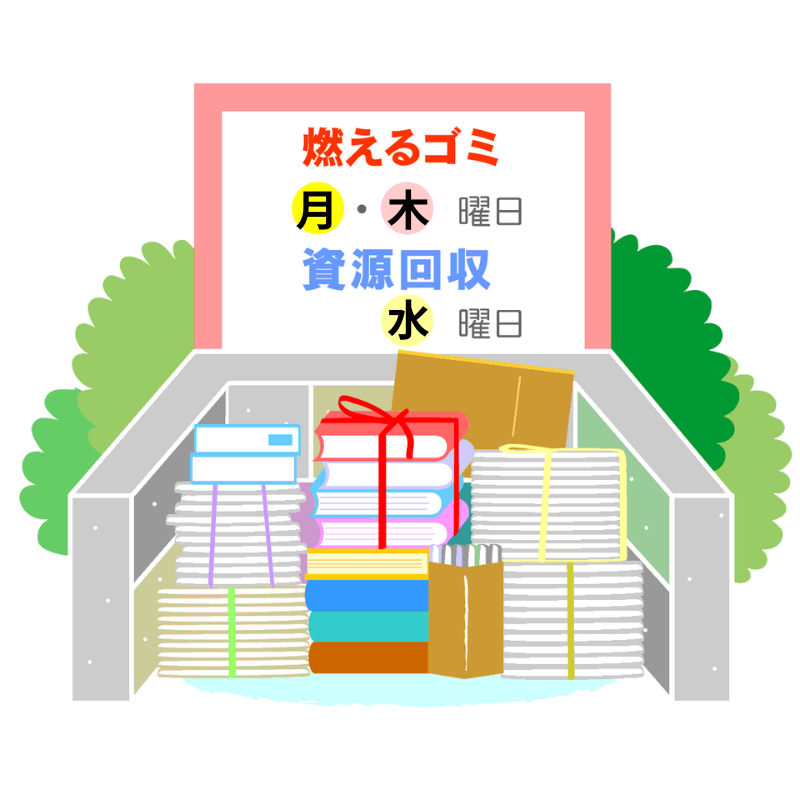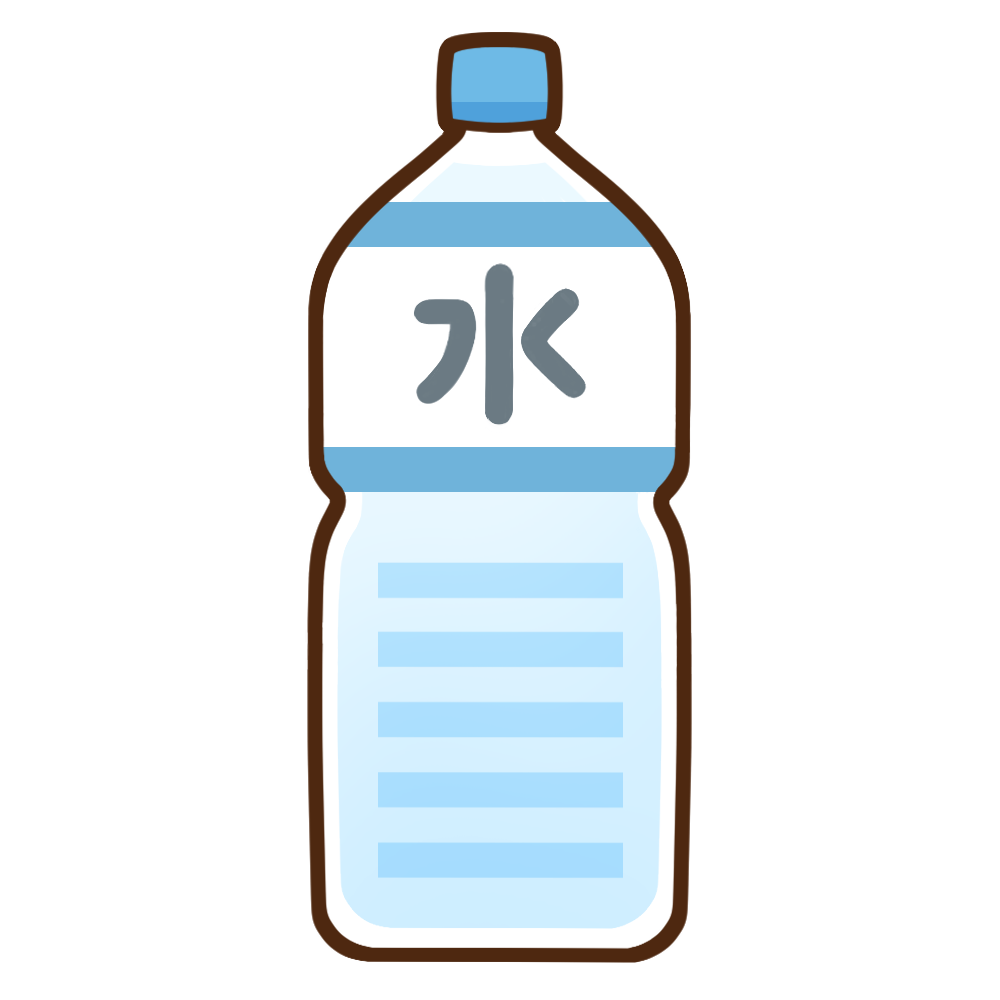
Welcome to the mesmerizing world of kanji, the characters at the heart of the Japanese language. Originating from China, these symbols have evolved into an integral part of Japanese writing, each carrying its unique form, sound, and meaning. For learners from non-kanji backgrounds, diving into kanji can seem daunting. Fear not! This guide is your first step into understanding kanji, making this complex system accessible and engaging.
Consider the kanji for numbers as our starting point: 一 (one), 二 (two), 三 (three), 四 (four), and so on up to 十 (ten). These characters illustrate how simple concepts are visually represented in a straightforward manner. The progression from 一 to 十 showcases how additional strokes increase numerical value, a perfect example of form mirroring meaning.
A unique aspect of kanji is that a single character can have multiple pronunciations. This duality stems from kanji’s Chinese origins (On-yomi) and the Japanese adaptations (Kun-yomi).
Have you ever wondered why a single kanji character can have several different pronunciations, such as On-yomi and Kun-yomi readings? The reason lies in the way Japanese language and culture have embraced both tradition and change over the centuries. As Japan adopted new readings from China at different times, they also chose to keep the older readings alive. This blend of old and new gives many kanji characters their multiple readings today.
For example, the kanji for “one” (一) has two On-yomi readings: “イッ” (It) and “イチ” (Ichi). The reading “イチ” is actually older and was the first to be adopted into Japanese from Chinese, while “イッ” came later. This historical layering of readings enriches the language, providing a window into the past and how the Japanese language has evolved.

Did you know? The practice of preserving old readings while adopting new ones applies not just to On-yomi, but to Kun-yomi readings as well. This is why some kanji have multiple Kun-yomi readings. For instance, the kanji for “four” (四) has two different Kun-yomi readings: “よ” (yo) and “よん” (yon).
Kanji learning also introduces us to Yutōyomi and Jūbakoyomi, rare blends that showcase the adaptability of the Japanese language:

Did You Know?
The word “yomi” in Jūbakoyomi (重箱読み) and Yutōyomi (湯桶読み) means “reading” in Japanese! These terms combine “yomi” with other kanji to describe unique patterns of reading kanji characters.
To bring our exploration closer to daily life, let’s consider kanji that represent elements of nature and time, such as 日 (sun/day), 月 (moon/month), and 水 (water). These characters capture concepts, making them powerful tools for communication.

This is an illustration of a garbage collection area. It shows the days for collecting burnable trash on “月(Monday)” and “木(Thursday)”, and recyclable trash on “水(Wednesday)”.

This is water in a plastic bottle sold in Japan. The Kanji for “水(water)” shows what’s inside the bottle.
Kanji combine to form new meanings, such as 人 (person) and 愛 (love) creating 愛人 (lover), showcasing the language’s depth and flexibility.
Learning kanji is a journey into the Japanese language and culture, offering deeper insights and understanding. Remember, it’s a marathon, not a sprint.
To further boost your kanji learning journey, we’ve found an excellent YouTube video that breaks down the basics of kanji strokes and pronunciation. It’s a fantastic resource for beginners, visually teaching you the essentials of writing and speaking kanji correctly.
Check it out and take another step forward in mastering the beautiful art of kanji!
Understand how to use だけ (dake) in Japanese to indicate limited quantities. This guide offers easy-to-follow examples and explanations to improve your Japanese skills.
Unravel the mysteries of the Japanese language! From subject omission to no plural forms, learn the key features that set Japanese apart and how they can impact your studies.
Understand how to use -ga and -kedo in Japanese to enhance your conversational skills. This guide offers easy-to-follow examples and explanations.
Discover how to use -なければいけません / -なきゃいけません (nakereba ikemasen / nakya ikemasen) in Japanese to express necessity and obligation. Genki Grammar #75 helps you learn both formal and casual expressions for daily use.
Are you learning Japanese and looking for a fun way to enhance your skills? Music can be an excellent tool! In this blog, we've compiled a list of the top 10 Japanese songs that are perfect for language learners. Each song includes useful phrases to help you on your language journey. Let's dive in!
Learn how to turn positive statements into negative ones using "じゃないです" (ja nai desu) in Japanese. This guide provides clear examples and explains formal variations.